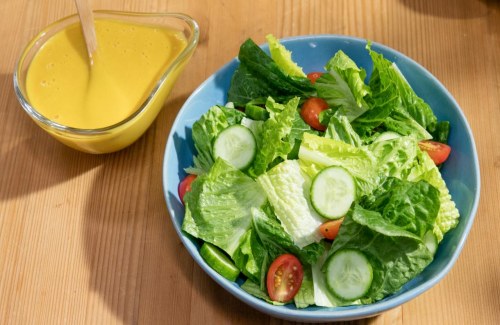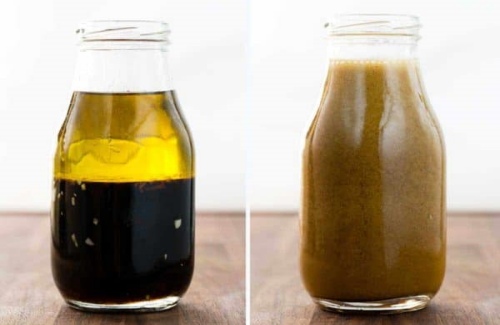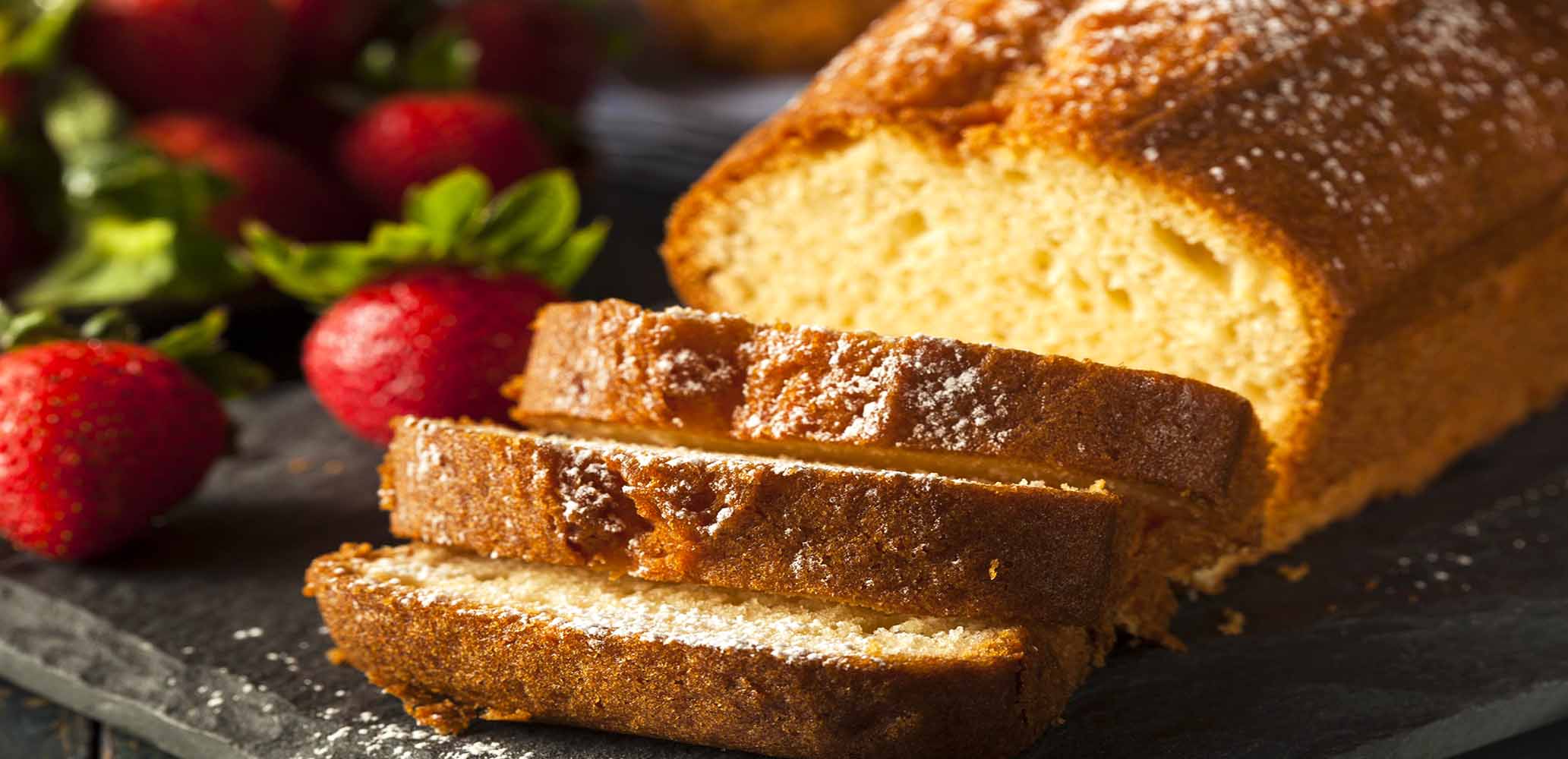When savoring a delightful bowl of salad, the intricate chemical processes involved are often overlooked. Yet, picture this — how do oil and water seamlessly meld together in salad dressings? This is where emulsifiers come into play. Now, Let's explore emulsifiers in salad dressings and their roles.
What is Emulsifying Agent in Salad Dressing?
Emulsifying agents are compounds that facilitate the even mixing of two immiscible liquids, such as oil and water. In salad dressings, emulsifiers ensure the formation of a stable mixture of oil, vinegar, and other ingredients without rapid separation.

The Role of Emulsifiers in Salad Dressings
1. Prevention of Stratification: Salad dressings often contain oil and acidic components like vinegar, which are inherently challenging to mix. Emulsifiers reduce liquid surface tension, encouraging better interaction between oil and water, thus preventing layering in salad dressings.
2. Enhancement of Texture: Emulsifiers contribute to enhancing the texture of salad dressings, making them smoother and more uniform. This is particularly important as the mixing of oil and water can often lead to viscosity variations, and emulsifiers help improve overall consistency.
3. Elevation of Mouthfeel: By ensuring the effective mixing of oil and water, emulsifiers can enhance the mouthfeel of salad dressings, making them silkier and more palatable.
4. Assurance of Stability: Emulsifiers also help improve the stability of salad dressings, maintaining consistent texture during storage and usage, and preventing issues like separation or clumping of fats.
What Emulsifiers Are Used in Salad Dressings?
Common emulsifiers in salad dressings include lecithin (such as soy lecithin), polysorbates (e.g., polysorbate 80), and xanthan gum. These emulsifiers have different characteristics, and their selection depends on the specific requirements of salad dressings.
Xanthan Gum
When mention xanthan gum, you may think of its magical thickening effect. But, what we didn’t know is that xanthan gum is also an emulsifier. Due to its unique ability to dissolve both hot and cold liquids, the xanthan gum emulsifier is a popular choice for making creamy and uniform dressings.
Xanthan gum is a powerful emulsifier that creates dressings with a creamy, smooth texture. Unlike other emulsifiers, xanthan gum ingredients can handle high acid levels, making it a perfect choice for strong-flavored salad dressings, such as vinaigrette. Xanthan gum for sale helps improve the texture of condiments by providing good viscosity, stability, and suspension. Xanthan gum emulsifier is often present in ranch dressing, thousand island dressing, and honey mustard dressing.
Polysorbate 80
As a nonionic surfactant, Polysorbate 80 plays a crucial role in blending oil and water-based components, ensuring their harmonious coexistence. This versatile emulsifier is extensively employed in various food items, including salad dressings. Its multifunctionality and stability make it an excellent choice for crafting smooth and uniform condiments, especially oil and vinegar-based dressings.
Polysorbate 80 for sale is often used in combination with other emulsifiers such as xanthan gum. When mixed with other emulsifiers, Polysorbate 80 emulsifier can improve emulsion stability and texture, providing a better overall quality for the dressing. Therefore, some salad dressing manufacturers often use polysorbate 80 e433 to improve the stability and quality of their products. Polysorbate 80 emulsifiers exist in Italian, Vinaigrette, and other oil-based dressings

Propylene Glycol
Propylene glycol for sale serves as a humectant, helping to retain moisture in the salad dressing. This property ensures that the dressing maintains its desired texture and consistency, preventing it from drying out over time.
Propylene glycol food grade emulsifier can influence the viscosity of the dressing, helping to control its thickness and flow characteristics. This is important for achieving the desired texture and mouthfeel, ensuring that the dressing coats the salad ingredients evenly.
Soy Lecithin
Soy lecithin is an effective emulsifier. It helps to create a stable mixture of oil and water-based ingredients in salad dressings. The inclusion of soy lecithin powder contributes to the overall texture of the salad dressing. It helps create a creamy and well-blended consistency, enhancing the mouthfeel of the dressing.
Soy lecithin also helps improve the stability of the emulsion in salad dressings. It can prevent the dressing from breaking or separating over time. This stability is particularly important for commercial products with a longer shelf life. Soy lecithin powder is used both in commercial salad dressings and in homemade recipes. It provides a convenient way to achieve a stable and well-textured dressing. Soy lecithin is often found in ranch, blue cheese, and other cream-based dressings
Conclusion
In summary, the use of emulsifiers in salad dressings contributes to improved texture, mouthfeel, and stability, providing consumers with a better overall eating experience.
CHEMSINO company stands as a premier supplier of top-notch food emulsifiers. Our expertise lies in a varied spectrum of emulsifiers designed to meet diverse applications. For those seeking to buy food emulsifiers, reach out to us for detailed quotes and complimentary sample offerings.









 Works with Other Food Additives for Better Results.jpg)
